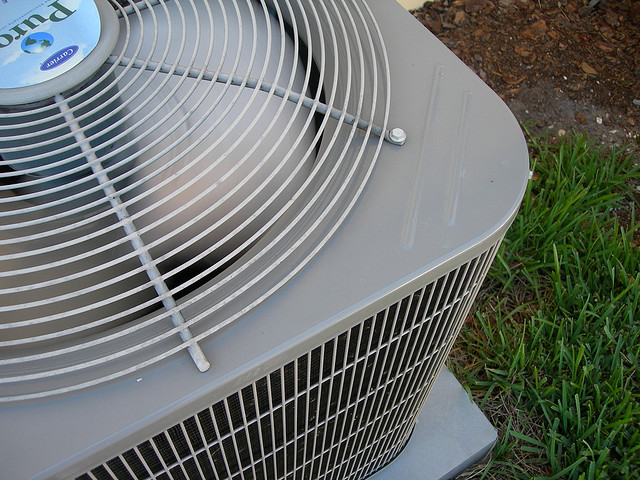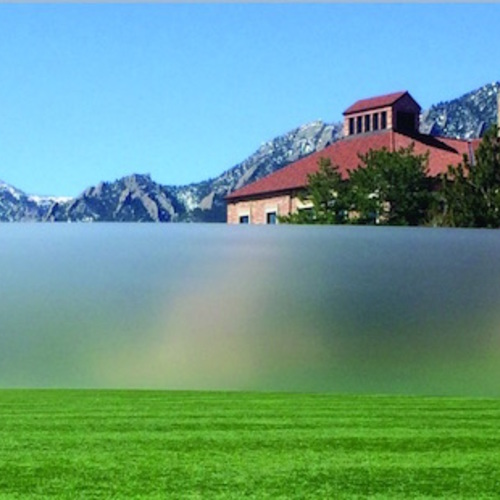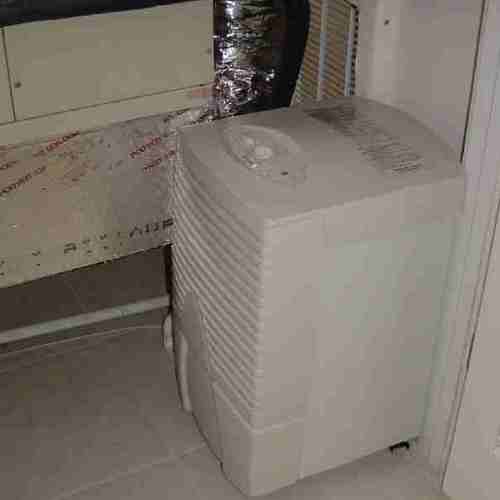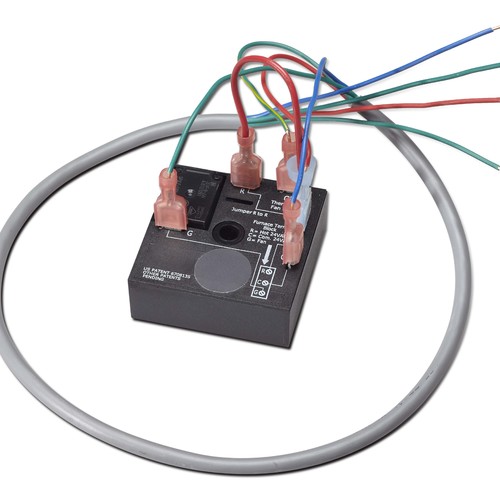
Image Credit: Andrew Winn
There’s a great Patton Oswalt bit where he contemplates meeting George Lucas in 1996 (gotta love the oblique intros). After slobbering over the original Star Wars trilogy and just about suffering an aneurysm over a possible new trilogy, his enthusiasm tapers off dramatically. He finds out what the new movies will be about, namely all the background filler behind his favorite characters and moments — which he hasn’t the palest interest in. To paraphrase, we don’t care where the stuff we love comes from; we just love them.
A parallel idea defines most technology. (How was that for a tortured analogy?) People don’t care how iPhones work or why their laptop no longer does. They love all what their iPhone does: web browsing, apps, the intermittently working phones. What’s not to like?
Air conditioning and dehumidifiers are the same way. They produce cool and dry air, respectively, and as far as most folks are concerned, there’s a tiny wizard inside.
How do air conditioners and dehumidifers work?
So how do air conditioners and dehumidifiers work — I mean, outside of wizardry? The two machines are functionally the same, using the same mechanism to produce different results. Both systems circulate refrigerant through a continuous loop. The refrigerant moves back and forth between gas and liquid states. The energy changes caused by the shifts in state moves heat energy.
The liquid refrigerant passes through the expansion valve/evaporator transitioning into a gas. The refrigerant absorbs heat during this phase shift. Passing through a long series of cooling coils, this pulls heat out of the air. Since cold air can hold much less water vapor, it condenses on the cool metal of the evaporator coils. This condensate drains off, never to be heard from again (for two paragraphs).
On the flip side, the condenser/compressor converts the gas back to liquid. This phase change expels a lot of heat, dumping it out of the refrigerant. This cycle of expansion, contraction, and shifting between liquid and gas pulls heat and moisture from the air.
Air conditioners and dehumidifiers: a few differences
So the guts of the two systems operate on the exact same heat-exchange principle. How are they different? The first difference concerns how they move warm and cool air — which is to say, air conditioners do and dehumdifiers don’t.
Warm and cool air movement — Air conditioners have fan systems designed to circulate room temperature air over the cooling coils and pump out a chilly blast. Dehumidifiers could care less about your overheated brain. They have a fan for pulling in the moist air and expelling dry air, but the warm air off the condenser? Air conditioners move this outside. To heck with the polar bears. Dehumidifiers dump the warm air inside, negating any cooling effect.
Moisture — The two machines deal with moisture very differently as well. Air conditioners and dehumidifiers both condense moisture on the cooling coils. Air conditioners pool the condensate in a pan which drains to the exterior. They can have a drip edge or drainage tubes, but the basic thrust is the moisture leaves the house.
Dehumidifiers are designed to pull water from the air. Dehumidifiers generally have a water reservoir with a hose attachment port for dedicated drainage. They have automatic shutoffs to prevent spillage when you forget to turn the machine off (or forget to empty the condensate container) over the weekend.
The funny thing about air conditioners and dehumidifiers is that their functions are so wildly different that most folks don’t realize that the heat transfer mechanic is identical. However, they are nearly identical in form if not function.
Erik North, the owner of Free Energy Maine, is an energy auditor and home performance specialist in Westbrook, Maine. He is also the author of the Energy Auditing Blog.
Weekly Newsletter
Get building science and energy efficiency advice, plus special offers, in your inbox.















3 Comments
Do dehumidifiers could run cooler than air conditioner coils? What about fan speed? Is a dehum working with a faster or slower speed? Finally, you mentioned they deal with heat differently but didn't say how.
Obviously a freestanding dehum is going to heat up a room, but what about a dehum that is part of the HVAC system? Or some air conditioners now have a dehum setting....what gives?
Psychrometrics......
And now you can get a dehumidifier that is basically a low powered mini split AC, providing 6000 BTU of cooling rather than heating the interior, but if more heating/cooling is needed it would seem far cheaper to get a different model that heats the interior as it dehumidifies and make up for it with a regular mini split. https://www.santa-fe-products.com/product/ultra-aire-sd12/
I feel like the Sante Fe Ultra98 could last quite a while and it could serve as a means of bringing in fresh air.
Log in or create an account to post a comment.
Sign up Log in